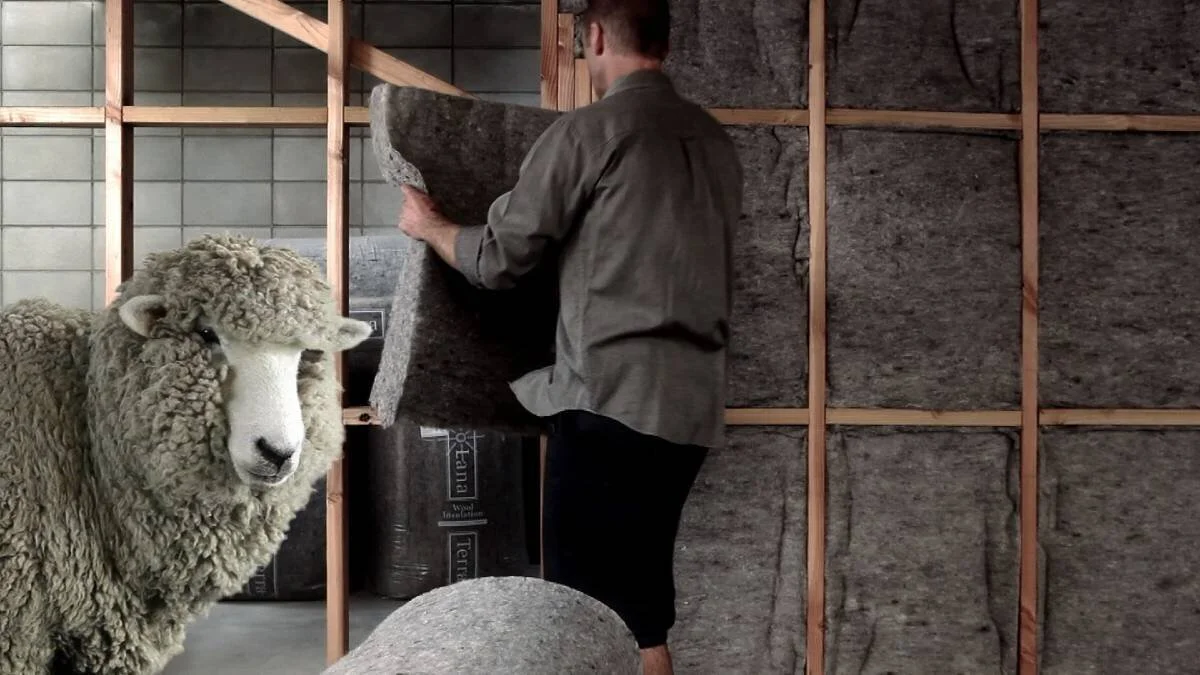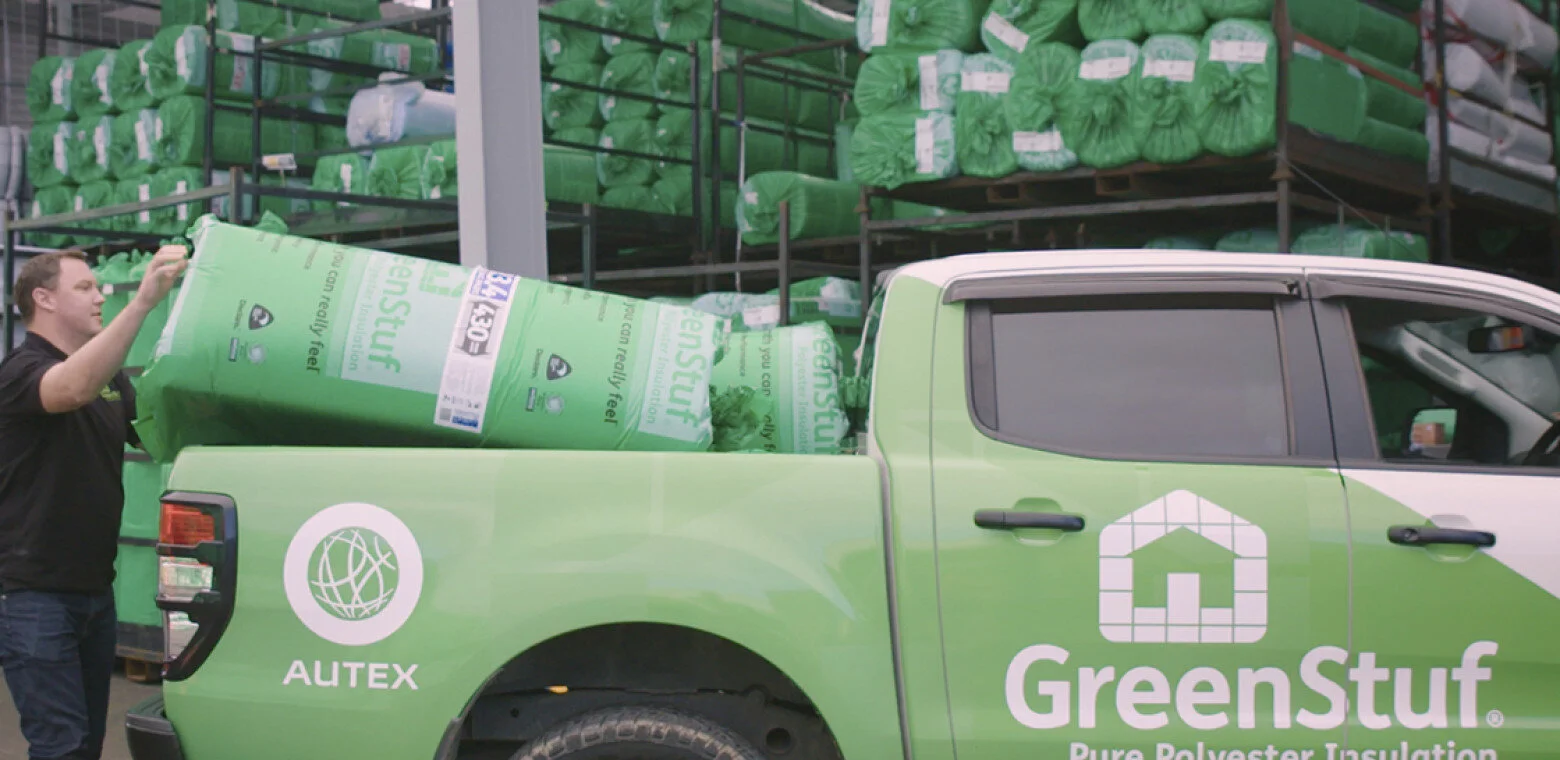Efficient Thermal Insulation in a Passive Home
There are 5 Main principles in Passive House building. One of the key features of Passive House design is excellent insulation.
The entire building envelope including floor, walls and roof needs to be suitably insulated to create a controllable indoor environment. The higher the level of insulation, the smaller energy loss, meaning that a well-insulated building will not lose heat in winter or gain any in summer.
In the long-term, the benefits are low heating/cooling bills while maintaining a comfortable 18 - 25°C throughout the year in any given area of the building. The amount of insulation will vary depending on geographical location e.g. North Island or South Island.
It is important that insulation is installed properly and uninterrupted by any services running in cavities. There are well described methods to ensure the insulation maintains its full R-value for example, double layering insulation in ceilings and walls, also called ‘double skin construction’, which also helps to eliminate thermal bridging.
There are 3 brands we recommend, let’s take a look at them.
Terra Lana Wool Insulation
Wool is renowned for its extraordinary warmth. Think wool jersey on a cold, damp day.
Terra Lana is outstanding at keeping the heat in, but because it's made with wool, it further helps to keep us cosy in other ways. It is also excellent at blocking noise and is very stable and long-lasting.
Sick Building Syndrome is a common and well-documented illness caused by toxins such as formaldehyde vapour emitted over time from common building materials, airborne toxins from mould or mildew and from sulphur & nitrogen dioxide combustion by-products from gas stoves or fires.
Thankfully—and remarkably—wool absorbs much of these toxic vapours by trapping them within its cellular structure. It literally filters and purifies the air you breathe for a healthier, non-irritating and non-toxic building environment!
Terra Lana is so safe that it is manufactured & installed without any protective clothing or mask. The fibres in wool are too large to be a respiratory threat, and if inhaled, they break down easily because they are a natural organic protein.
We love that Terra Lana is a sustainable and environmentally friendly option. Their 'Closed-loop' manufacturing is the model of the future. Here's how it works with Terra Lana. Isn’t this great?
Greenstuf Insulation by Autex
GreenStuf® is a thermal and acoustic insulation made from 100% polyester fibre, with a minimum of 50% recycled content. Made on a zero waste manufacturing line, every element—from packaging to product—is recyclable at the end of its life. GreenStuf contributes to better indoor air quality, with no formaldehyde binders or airborne fibres. Safe to touch, GreenStuf causes no itching or scratching—even on the most sensitive skin.
GreenStuf is proudly made for Kiwis by Kiwis, manufactured right here in New Zealand. Backed by a 50 Year Durability Warranty, GreenStuf will never slump or settle over time, ensuring your home is safe and warm for the future. GreenStuf is made from 100% polyester fibre with no added chemicals; independently tested and assessed to achieve all relevant fire standards for NZBC compliance, including downlights.
Choosing GreenStuf means choosing a warmer, drier, healthier home for you and your family.
Brownie by PGF
BROWNIE SLAB, the formaldehyde free range of glass mineral wool insulation manufactured by PGF Insulation employs formaldehyde free binder that is free of formaldehyde, phenol or any other artificial chemicals.
Once Installed, the BROWNIE SLAB acts as a highly effective barrier to heat flow, keeping your building warm during cold weather and cool during hot weather. It combines cost efficiency with the highest standard of insulation performance when installed in either timber or steel frame wall and in ceiling system applications.
FORMALDEHYDE FREE
Formaldehyde has traditionally been used as prt of the binder in glass mineral wool insulation. Although there is no health risk with the traditional product, formaldehyde at higher level may cause irritation and sensitivity. PGF insulation formaldehyde free insulation utilises an innovative new binder that eliminates binder-related formaldehyde emissions during manufacturing and once installed. will not off-gas formaldehyde in the indoor environment.
No formaldehyde means fewer things to worry about. The formaldehyde free insulation product was tested in Air Quality Services and the product emission for formaldehyde & VOCs passed the GREENGUARD Children & Schools Criteria.




